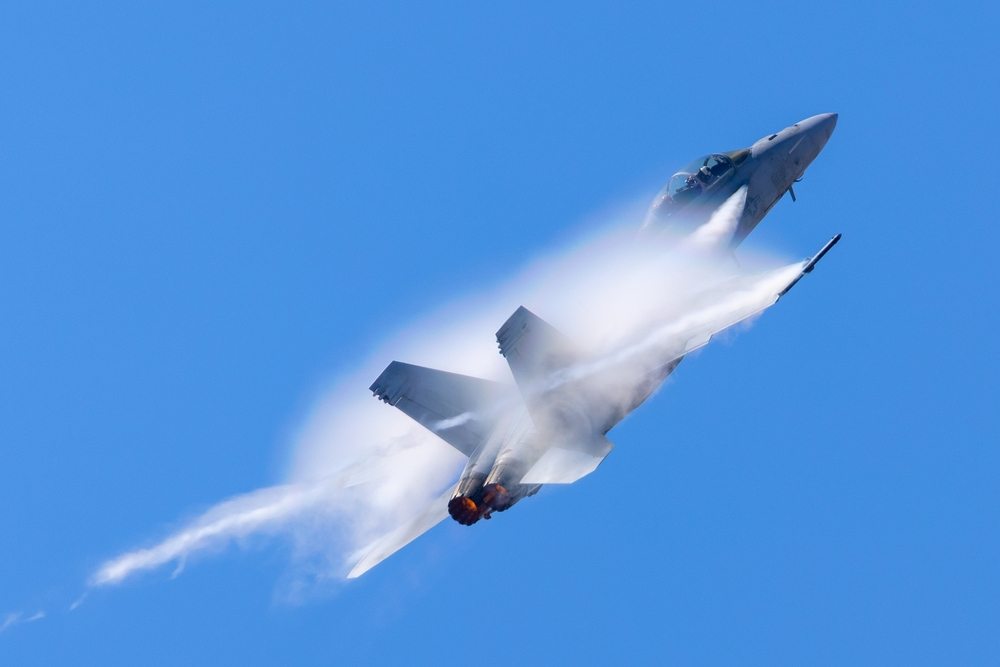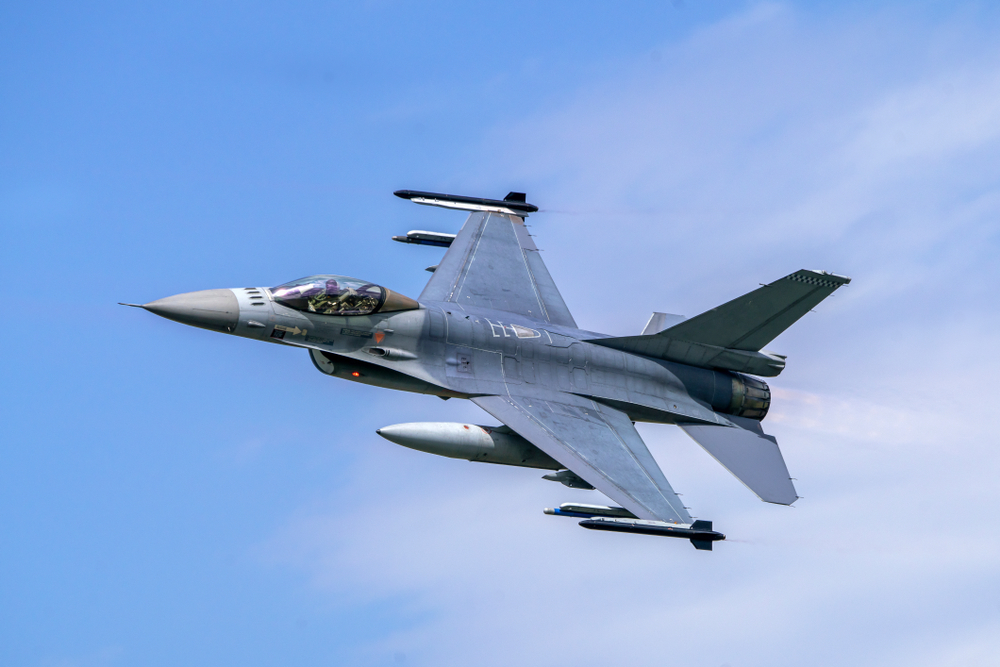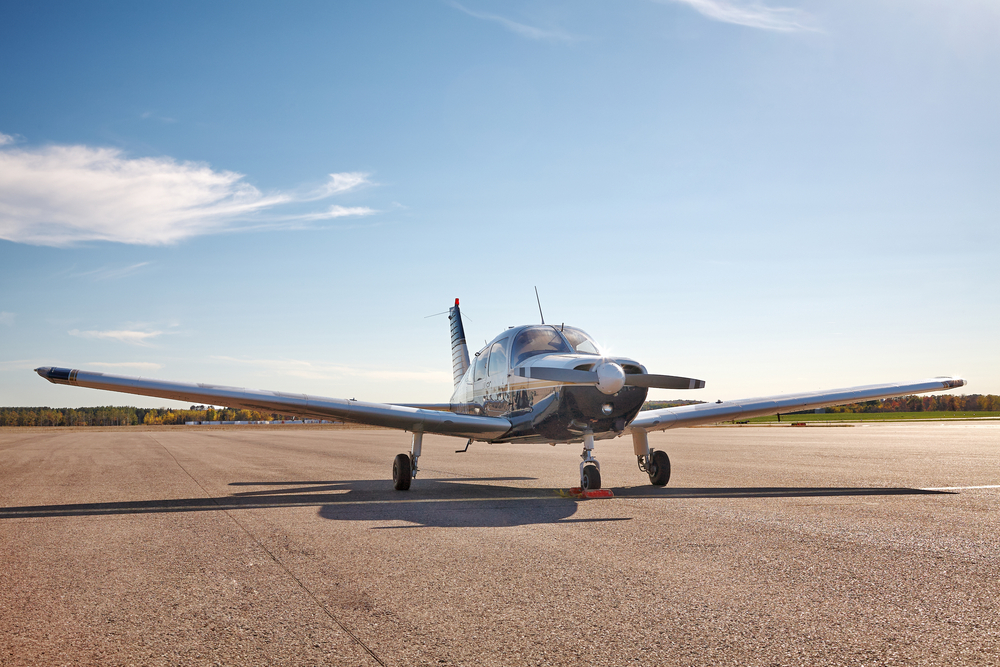X-59 Revolutionizing Supersonic travel by reducing sonic booms with innovative design, promising faster, quieter, and more sustainable aviation.
The X-59 Revolutionizing Supersonic Travel

For many years, commercial supersonic travel has been considered impractical due to noise pollution, fuel inefficiency, and high costs. However, recent technological developments have led to a promising new project: the X-59. This experimental aircraft is designed to overcome the obstacles that previous generations faced. Its development marks a significant milestone in aviation history and potentially the future of air travel.
The Birth of the X-59
The X-59 is a product of NASA’s Quiet Supersonic Technology (QueSST) project. This initiative aims to develop aircraft capable of flying faster than the speed of sound without creating the infamous sonic booms. Sonic booms have been a significant barrier to the widespread adoption of supersonic passenger flights. The shockwaves generated by flying at supersonic speeds create a loud, disruptive noise when they reach the ground, making overland supersonic flights problematic.
Technological Innovations
The primary goal of the X-59 is to demonstrate that supersonic aircraft can fly overland quietly. It is designed to fly at 55,000 feet and reach speeds of about Mach 1.5. The aircraft leverages breakthroughs in aerodynamics to shape the shockwaves it generates into softer ‘sonic thumps’. This technical achievement hinges on precise engineering and research into fluid dynamics.
A notable feature of the X-59 is its long, narrow nose. This design helps control how the shockwaves formed at different points on the aircraft interact and reach the ground. Instead of merging to form a sonic boom, the waves are spread out, resulting in a sound that resembles a distant rumble rather than an explosion.
Engineering and Design

The development of the X-59 involves collaboration between several industry leaders. NASA’s primary contractor for the aircraft is Lockheed Martin, a renowned aerospace and defense company. The fuselage is engineered to be exceptionally streamlined. Every curve and angle is meticulously calculated to ensure that the aircraft can break through the sound barrier with minimal noise.
Another significant component is the aircraft’s propulsion system. The X-59 uses a modified General Electric F414 engine, the same engine used in military fighter jets like the F/A-18E/F Super Hornet. However, for the X-59, the engine is customized for efficiency and reduced noise. The engine intake and nozzle design play critical roles in minimizing the aircraft’s acoustic signature.
Pilot Visibility
Due to the extended nose, traditional forward visibility for the pilot is compromised. To address this, the X-59 employs an innovative system called the eXternal Vision System (XVS). This technology uses a combination of forward-facing cameras, sensors, and display screens to provide pilots with a virtual view of what lies ahead. Pilots can rely on advanced real-time imagery and data to navigate safely, even without a direct line of sight.
Environmental Impact
The X-59 project also considers environmental sustainability. By reducing the noise pollution associated with supersonic travel, it aims to make overland flights viable. The aircraft’s design reflects efforts to minimize fuel consumption and emissions. NASA’s research includes assessing the potential environmental benefits of the new technology and its possible influence on future regulations.
Economic Implications
Should the X-59 prove successful, the implications for the commercial aviation industry could be profound. It could reintroduce supersonic travel as a feasible option for airlines, particularly for high-demand routes. Faster travel times between major cities would not only benefit passengers but also have economic benefits. Reduced travel time could increase productivity and create new business opportunities.
Testing and Validation
Extensive testing is crucial to the X-59’s development. NASA and Lockheed Martin have undertaken rigorous simulations and wind-tunnel tests to refine the aircraft’s design. The flight testing phase will be crucial in validating the theoretical models. These tests will take place over remote areas to ensure that the noise impact on communities can be accurately measured and analyzed.
Public and Regulatory Reception
A significant aspect of the X-59 project involves changing public and regulatory perceptions. NASA plans to fly the X-59 over selected communities to gather data on human responses to the reduced sonic thumps. Feedback from these tests will be essential in shaping future noise regulations and proving that the technology is ready for commercial use. Engaging with the public and regulatory bodies is critical to securing the necessary approvals for widespread adoption.
Future Prospects
While the X-59 is an experimental aircraft, the technologies and principles it demonstrates have far-reaching potential. If successful, they could pave the way for a new generation of quiet supersonic commercial aircraft. Several aerospace companies are already exploring applications of these technologies. The dream of cutting international flight times by half could soon become a reality.
Key Takeaways
- The X-59 aims to eliminate the sonic boom and replace it with a quiet sonic thump.
- Technological innovations, including a long nose and advanced aerodynamics, enable this reduced noise.
- The aircraft employs an eXternal Vision System (XVS) to compensate for limited pilot visibility.
- Environmental and economic impacts of the X-59 could reshape the aviation industry.
- Testing and public feedback are crucial for regulatory acceptance and future commercial use.
